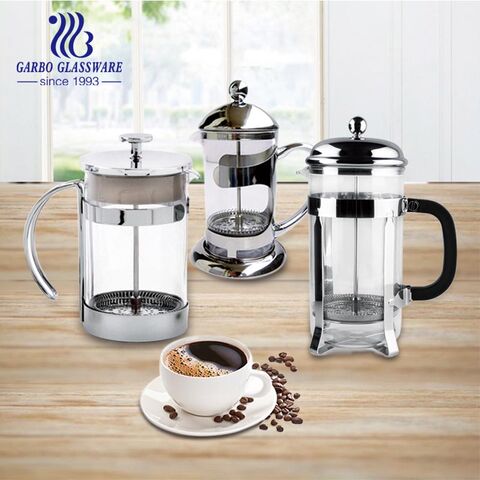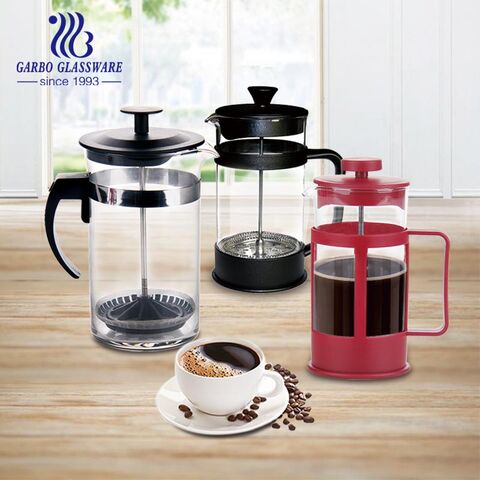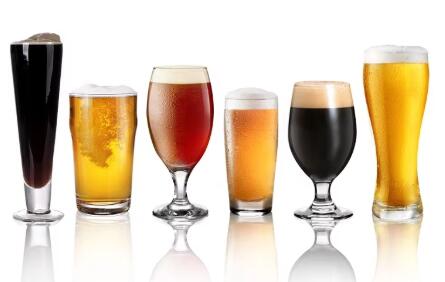What is the Blowing Process of Glass
Pulished on May. 10, 2019What is the Blowing Process of Glass

Glass blowing is one of the processes for making glassware. Specific manufacturing methods: the blower holds a hollow iron pipe about 1.5M in length, dips glass liquid (pick material) in the melting furnace at one end and uses a blowing nozzle at the other end. After pick material, the spoon is rolled on the rolling plate (bowl). Blow gas to form glass bubbles, blow products freely in the touch, and then knock them down from the blowpipe. Then make them cool and shape.
After picking up the material, the glass bubbles are rolled and blown on the rolling plate (bowl) to form glass bubbles, which are blown into products in the mold; the products can also be blown freely without mold, and then knocked off from the blowing pipe. When forming large-scale products, the material needs to be rolled repeatedly to collect enough material. In mechanical blowing, the glass liquid flows out from the outlet of the glass melting furnace, and the material droplets with set weight and shape are formed by the feeder and cut into the preliminary mold for blowing or cutting. It is suitable for making small-mouthed vessels and bottles. It is also suitable for making large-mouthed vessels and thin-walled bottles.
Forming is the transformation of melted glass into solid products with fixed shape. Forming must be carried out within a certain temperature range. This is a cooling process. Glass is first transformed from viscous liquid to plastic state and then into a brittle solid state. Forming methods can be divided into two categories: artificial forming and mechanical forming.


Two man-made shapes.
(1) Blowing, using a nickel-chromium alloy blowing pipe, picking a group of glass in the mold while turning, blowing. Mainly used for forming glass bubbles, bottles, balls (for scratching glasses) and so on.
(2) Drawing. After blowing into bubbles, another worker sticks to the top plate. While blowing, the two workers draw mainly to make glass tubes or rods.
(3) Press, pick up a mass of glass, cut it with scissors and drop it into the die, then press it with a punch. It is mainly used to form cups, plates, etc.
(4) Free shaping, after picking up the material, the handicraft products can be directly made with the tools of pliers, scissors, tweezers and so on.
B. Mechanical forming. Because of the high labor intensity, high temperature and poor conditions of manual forming, most of them have been replaced by mechanical forming except free forming. Besides pressing, blowing and drawing, mechanical forming also has some advantages.
(1) Calendering, which is used to produce thick flat glass, engraved glass, wire-clad glass, etc.
(2) The casting process for optical glass production.
(3) Centrifugal casting, which is used to manufacture large diameter glass tubes, utensils, and large-capacity reaction pans. This is to inject glass melt into a high-speed rotating mold. The centrifugal force causes the glass to adhere to the wall of the mold, and the rotation continues until the glass hardens.
(4) sintering method is used to produce foamed glass. It is made by adding foaming agent into the glass powder, heating in the covered metal mold, and forming many closed bubbles in the heating process of glass. This is very good insulation and sound insulation material. In addition, the forming of flat glass has vertical pull, flat pull and float. Float is to float the molten glass on the surface of molten metal (TIN). The main advantages of the method of forming flat glass are high quality (smooth and smooth), fast drawing speed and large output.











